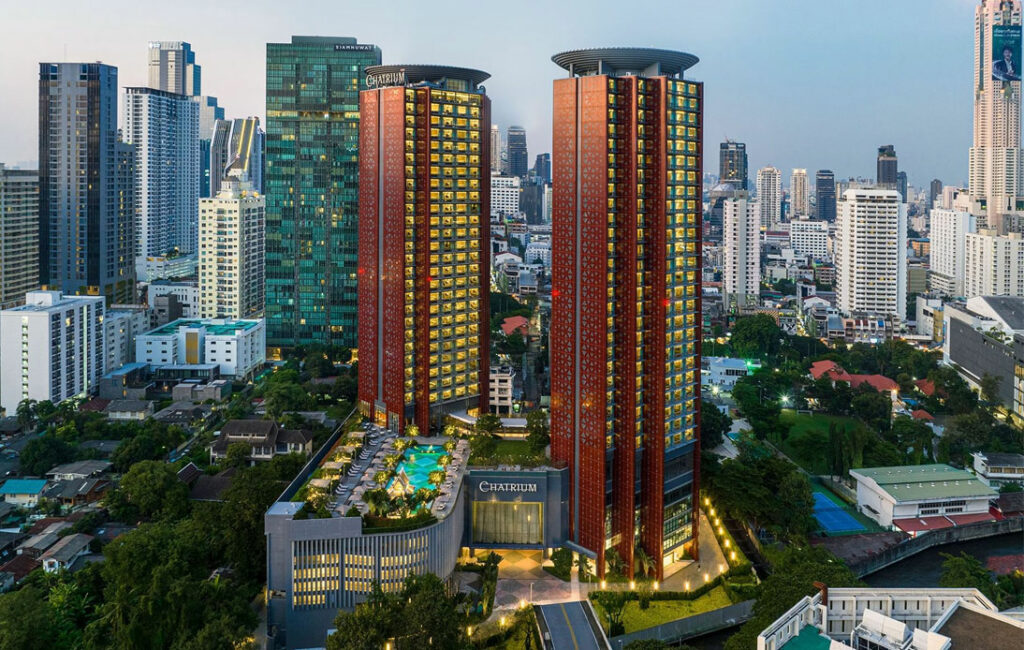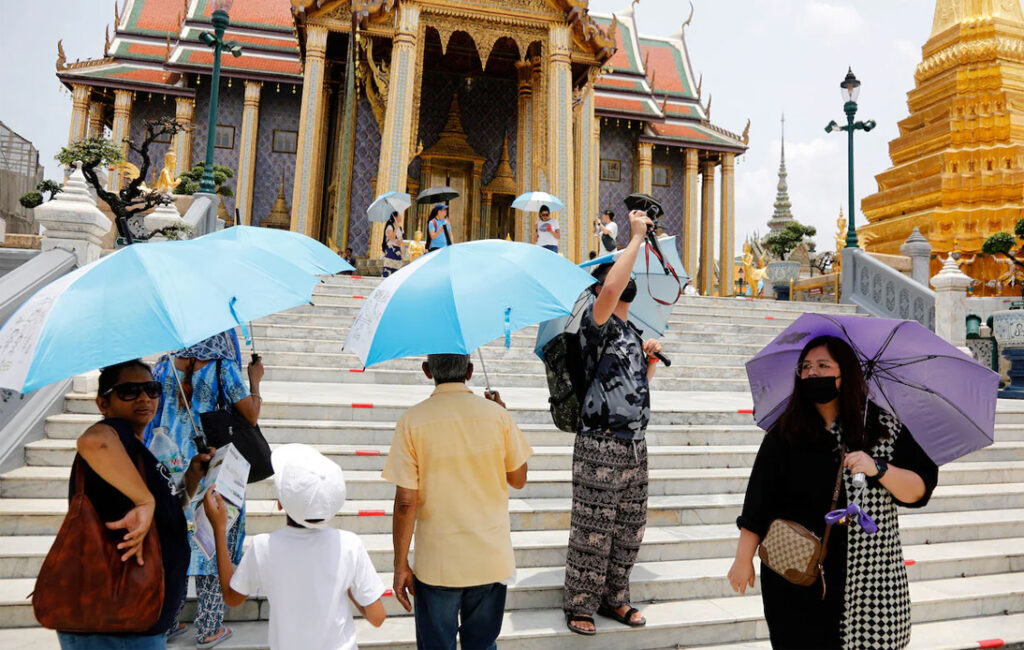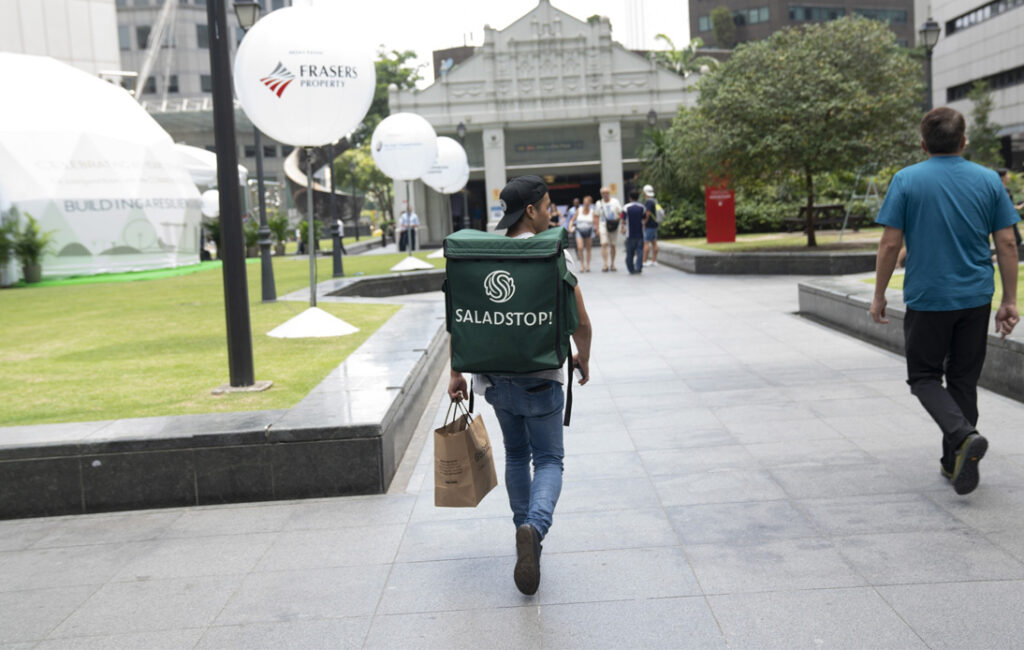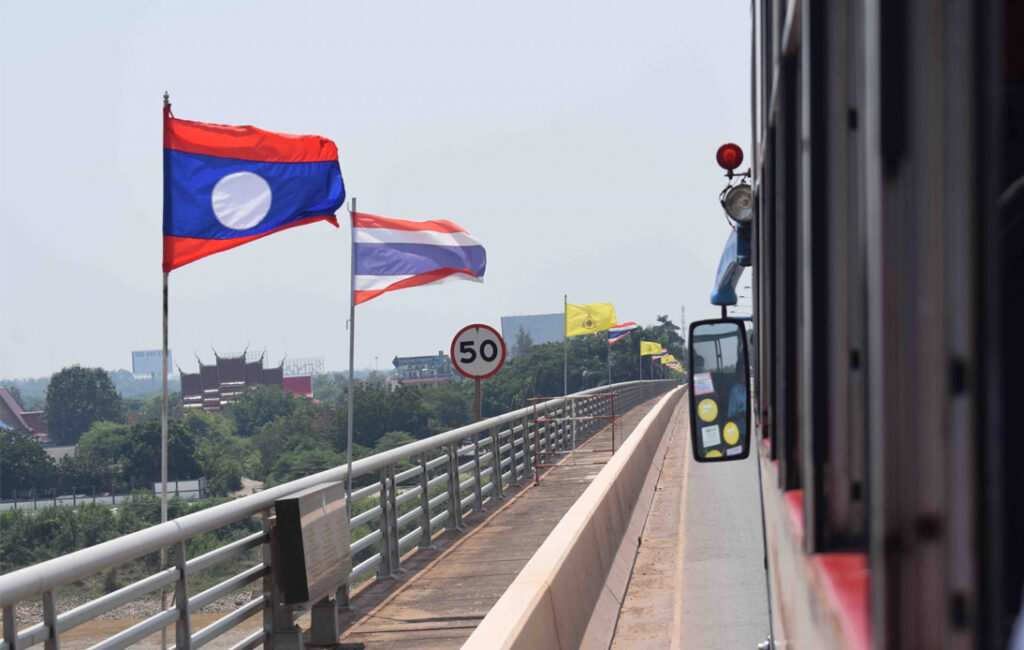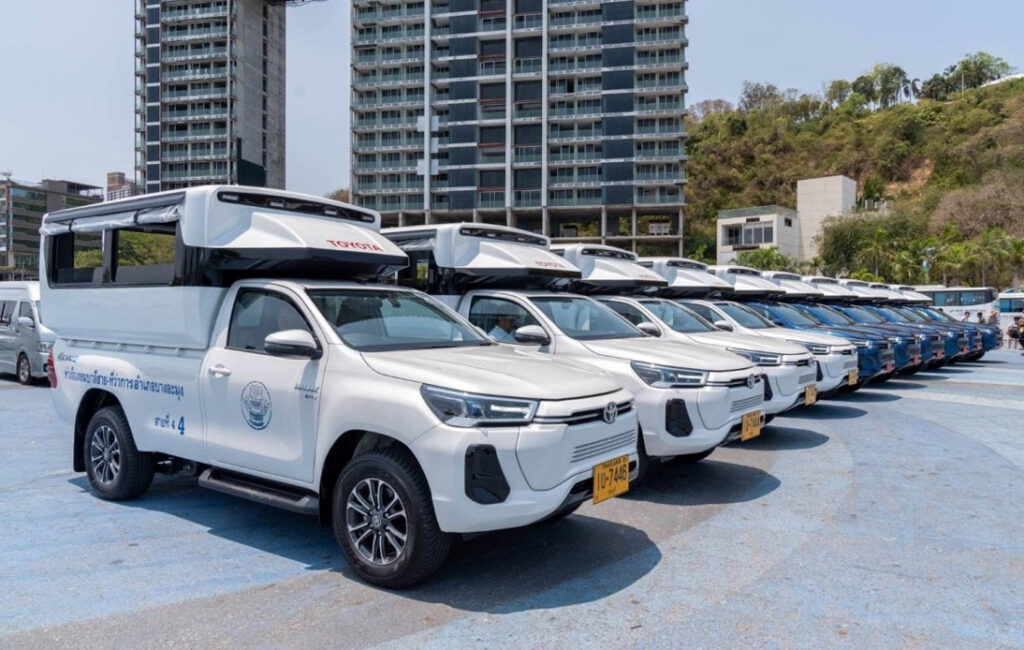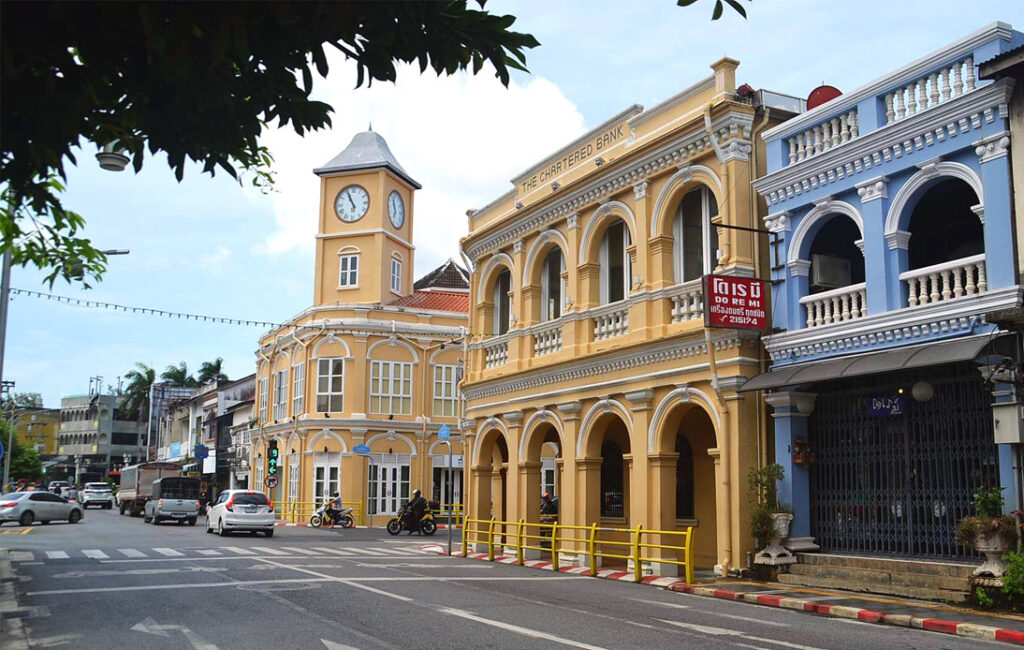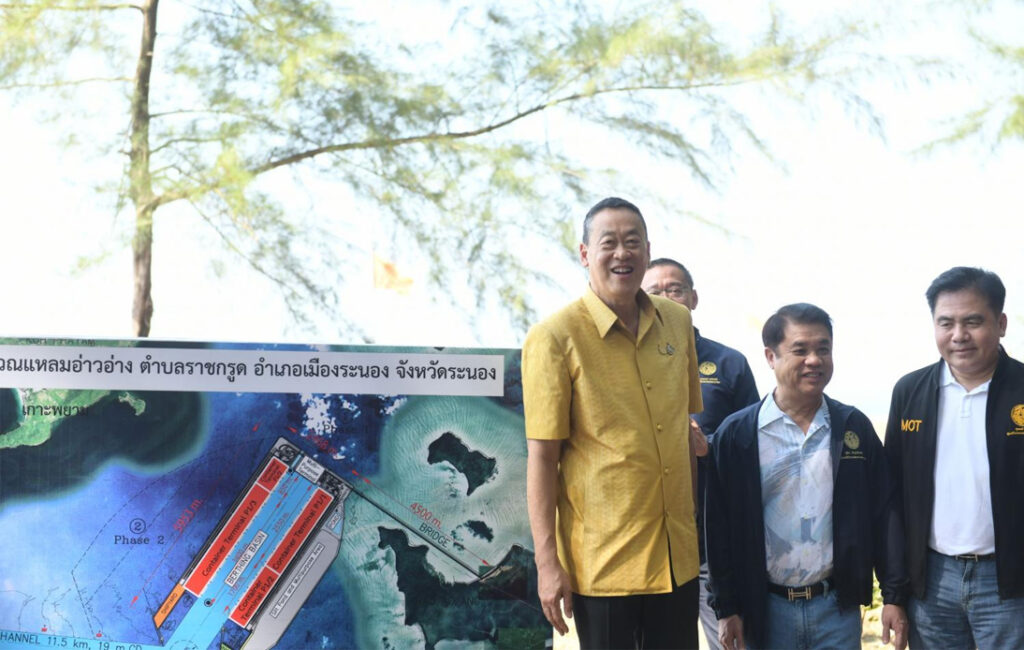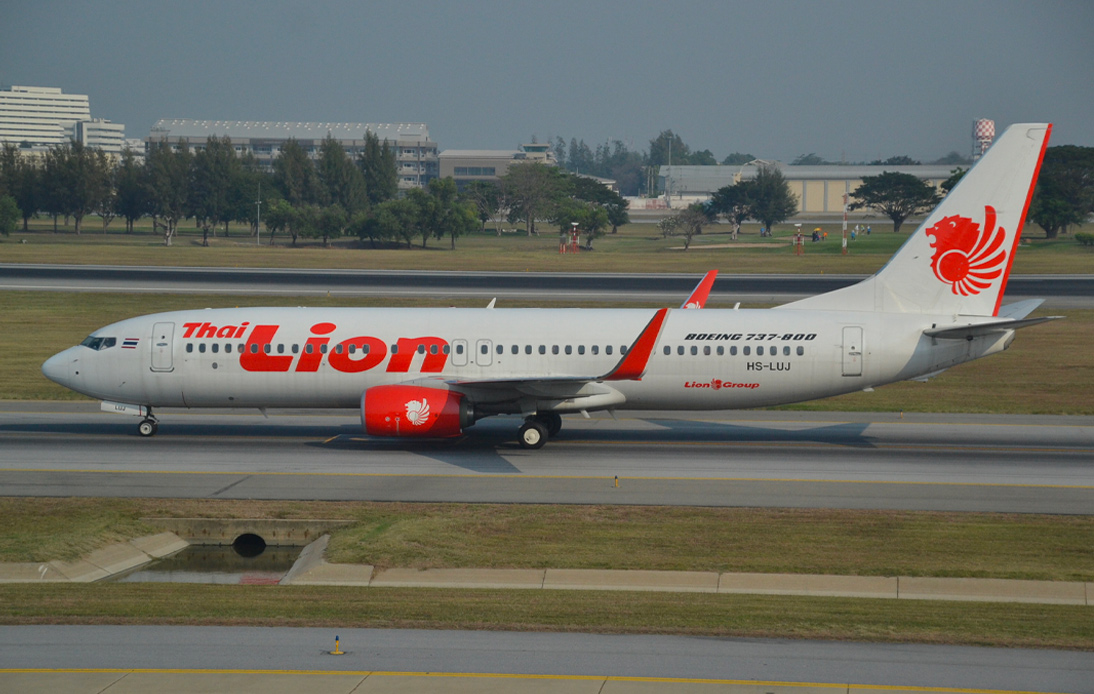
Low-cost airlines are increasing flights to China, yet the capacity still trails the levels seen before the pandemic. Concurrently, the Tourism Authority of Thailand (TAT) is reluctant to hastily implement a visa fee waiver program to draw additional international visitors.
Even though travel restrictions were lifted at the start of the year, ahead of the projected schedule, the tourism industry is predicted to rebound to under half of its 2019 peak of around 10 million.
TAT governor Yuthasak Supasorn mentioned that apart from China’s slow economy, the reestablishment of flights has played a key role in the market, since airlines couldn’t broaden their services due to limitations like aircraft and maintenance facility availability.
He forecasted that a noticeable increase might not occur until October, coinciding with the “Golden Week” holiday for Chinese tourists, as that’s when airlines are projected to escalate their services.
Starting from August 15, Thai Lion Air has plans to introduce six new routes to Guangzhou, Chengdu, Hangzhou, Shanghai, Shenzhen and Xi’an utilizing Boeing 737–800 and Boeing 737-900ER aircraft.
Currently, Thai Lion Air’s fleet comprises 15 aircraft: 13 B737-800s and two B737-900ERs.
Thai AirAsia has reported a load factor average of 80% on its Chinese routes during the first half of the year, serviced by its 13 routes to 12 different Chinese destinations.
Although the restoration of Chinese routes is at 70% of what it was before Covid, the airline plans a gradual resumption of its southern China routes, with full recovery expected by year’s end in both frequency and destinations.
As of now, most unretrieved routes are from regional Thai hubs like Phuket, Krabi, Chiang Rai, and U-Tapao in Chon Buri. Only Chiang Mai currently operates direct flights to Beijing and Hangzhou.
Additionally, the possibility of adding new Chinese destinations is being considered if market potential exists.
Tourism stakeholders are pressuring the government to introduce a visa fee waiver as a means to revive the tourism market.
However, Mr. Yuthasak argued that this might not be an effective strategy to revive the sluggish market, given that the key issue presently is the prolonged visa application processing time.
This scheme was previously met with questions over how tour package prices could be reduced to benefit tourists. The TAT had proposed this scheme during the pandemic, but it was dismissed by the relevant authority in charge.





